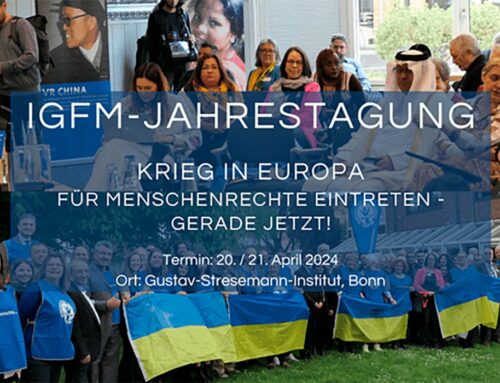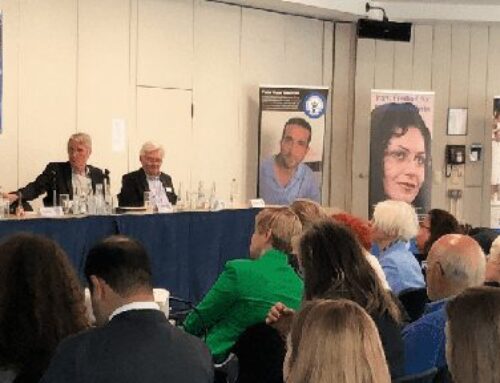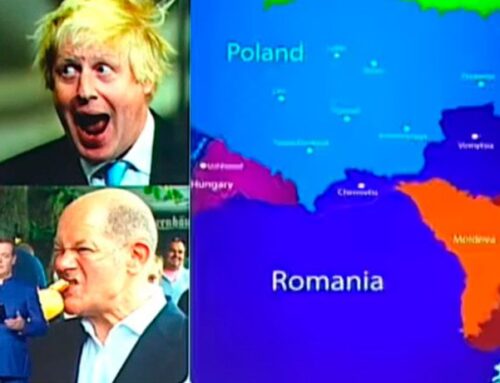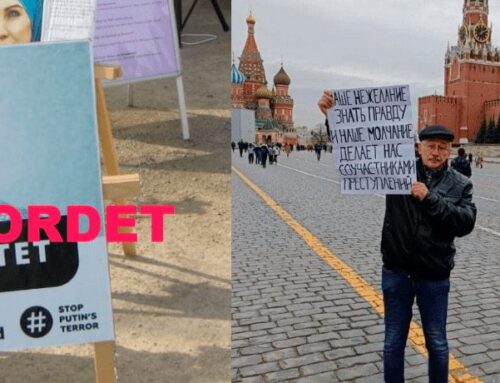Freedom of Expression,public report 2016, Armenia
Obstructing journalistic activity:
From 17 to 31 July 2016, the staff of the Human Rights Defender received
numerous reports of cases of obstructing the lawful activities of journalists. All the
reports were documented and reviewed under the respective procedures. Members
of the staff of the Human Rights Defender met with and interviewed the victims, and
in some cases also checked and corroborated the data through oral and written
queries. A number of sites were inspected, such as the part of the Sari Tagh district,
where the clashes had occurred between the demonstrators and police officers,
during which journalists had suffered. Eyewitness statements, mass media reports,
social media publications, and numerous statements and studies of local and
international human rights organizations, public figures, diplomatic missions, and
state bodies about the cases were collected and studied.
According to the collected facts, during the days in question, there had been
grave violations of the rights of journalists and operators of Azatutyun.am,
A1plus.am, Panorama.am, Lragir.am, Armlur.am, Panarmenian.net, PAN-Photo,
1in.am, NewsPress.am, and Haikakan Jamanak news units, as well as the Armenia
TV Jameh news program, and the Russian LifeNews news medium. The violations
were accompanied with violence, threats, persecution, damaging and destruction of
property and news material, including the apprehension of journalists and operators,
which was done by groups of police officers and plainclothes persons. There was one
documented case of firearms injury: while video recording the events around the
Police Patrol-Guard Service Regiment, a round shot from inside the Regiment injured
an operator of the 02 news agency.

The first cases of police violence against journalists were reported during the
period from 17 to 21 July. On 17 July, in Freedom Square, when a group of civil
activists were getting ready to hold an assembly, a police officer exerted violence
against a journalist after the latter had asked the police officer why they were
forcibly moving a citizen to the nearby police vehicle. The police officer saw that the
journalist was recording a video of the sight of apprehending the citizen, approached
the journalists, and started kicking him, after which a group of police officers forcibly
took him to the police station, from which he was soon released, having first deleted
the news video from his phone. A similar incident occurred on 18 July in Khorenatsi
Street, where one of the police officers hit the journalist after the latter asked why
they were apprehending citizens from the nearby park. In two of the above
described cases, the journalists have intervened into the police operations by asking
a question about the reasons of apprehending citizens, while in the third case the
journalist has not abided by the police officers’ instructions, which has resulted in a
conflict between the journalist and the police officers.
54 In this sense, it is necessary
to underline that the journalist must abide by a police officer’s instructions and
refrain from interfering with the actions of police officers. As noted by the European
Court of Human Rights, journalists cannot, in principle, be released from their duty to
obey the ordinary criminal law merely on the basis that, as journalists, Article 10 of
the European Convention on Human Rights (ECHR) affords them defense. It is
acceptable that journalists may sometimes become involved in situations when, on
the one hand, they must abide by the requirement of the law, and on the other, shall
perform their professional duty of acquiring and disseminating information, thus
enabling the mass media to perform their watchdog function. Nevertheless, in the
light of the described conflict of interest it is necessary to note that the concept of
responsible journalism requires the following: when a journalist has to choose
between the above mentioned two duties, and his/her choice is to the detriment of
the duty of obeying the criminal law, he/she should be aware that thereby he/she
assumes the risk of being brought to legal, including criminal responsibility for not
abiding by the police officer’s lawful instructions.55
On 19 and 21 July, there were documented cases of interfering with the
professional activities of journalists in Sari Tagh and in Khorenatsi Street: in one
case, the police officers destroyed the videos recorded by a journalist, and in
another, plainclothes persons exerted violence, seized the camera, and destroyed the
video of a clash between a group of activists and other persons in Khorenatsi Street.
The Human Rights Defender condemned the violence and called it an extremely
negative practice of obstructing the professional activity of a representative of the
mass media. The Defender announced that obstructing the performance of
professional duties of a journalist is a crime, and that all of the related materials
would be sent to the respective authorities for criminal prosecution. The Defender
invited all persons that had unpublished videos or information about violence against
journalists to transfer them to the staff of the Human Rights Defender.56
The United States Embassy welcomed the statement of the Human Rights
Defender.
The Delegation of the European Union in Armenia also joined this statement of
the Human Rights Defender. In a statement published with the consent of the heads
of diplomatic missions of EU Member States accredited in Armenia, the Delegation of
the European Union in Armenia acknowledged the aforementioned statement of the
Defender and underlined that the use of force for political change is unacceptable
and urged the Armenian authorities to conduct a full investigation into all reports of
police misconduct.57
Nonetheless, the violence against journalists and operators did not subside in
the days that followed. Moreover, the violence was marred by cases of apprehending
and arresting journalists, which did not trigger criminal prosecution or appropriate
administrative proceedings. For example, on 24 July, a journalist was apprehended
on suspicion of participating in the mass disorders of 22 July, which was followed by
the preparation of an apprehension protocol, his engagement as a witness, and his
subsequent release, while the journalist had been carrying out journalistic activities
in Khorenatsi Street on that day.
On 26 July, in his nine-paragraph statement, the Defender again expressed
concerns, among other things, over the allegations of bodily injuries inflicted upon
journalists and of the obstruction of their lawful professional work, calling those
cases “particularly condemnable.”58 The Delegation of the European Union in
Armenia reposted this statement in its social media, referring to it as a call for
inquiry, accountability, and transparency.59
All of the aforementioned acts constituted unlawful interference with journalistic
freedom. No law prohibits journalists from video-recording police conduct
in the public environment, because by doing so, a journalist is fulfilling a
mission of public importance — that of disseminating information on cases
of concern to the public, in view also of the public’s right to receive such
information. Hence, the police conduct interfered with not only the journalists’
freedom to impart information, but also the public’s right to receive information.








Leave A Comment